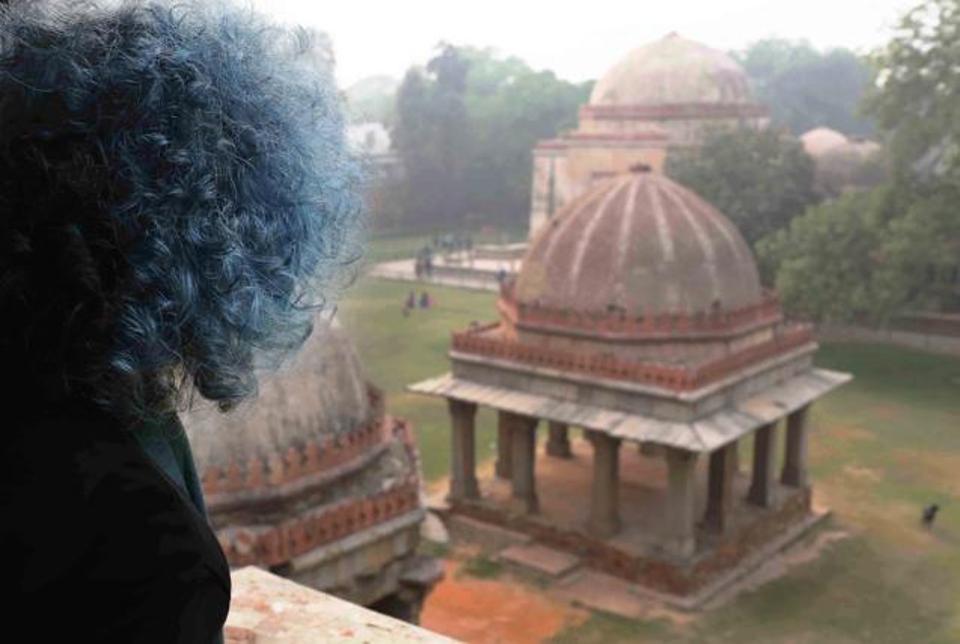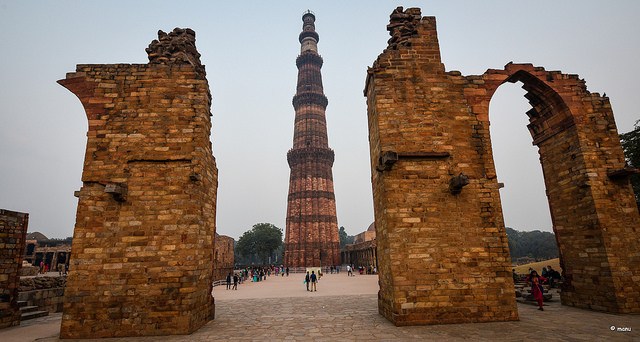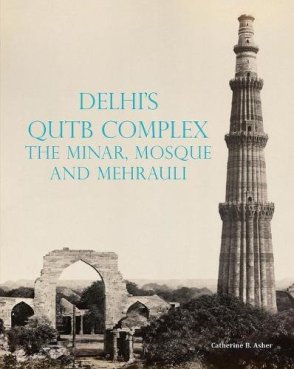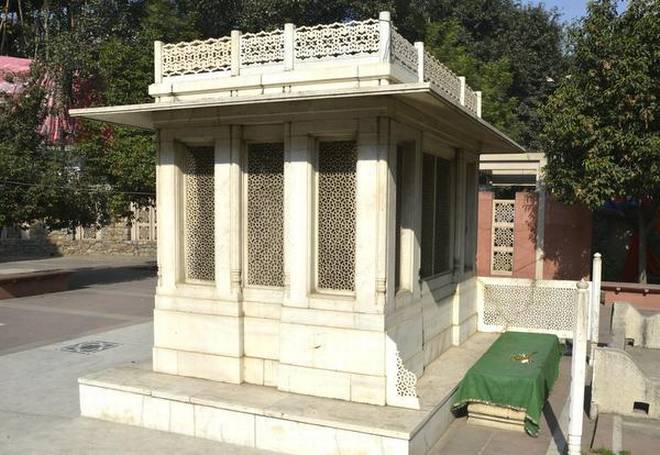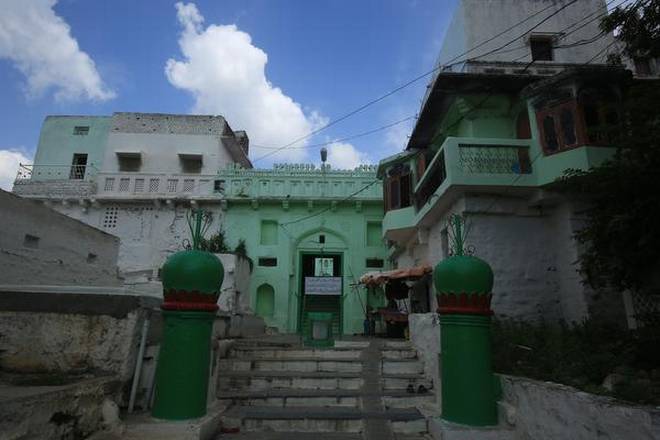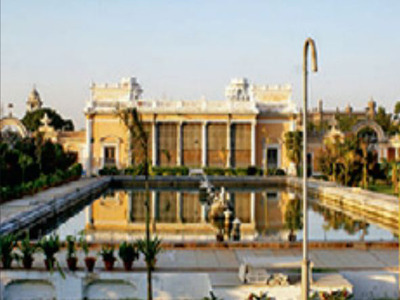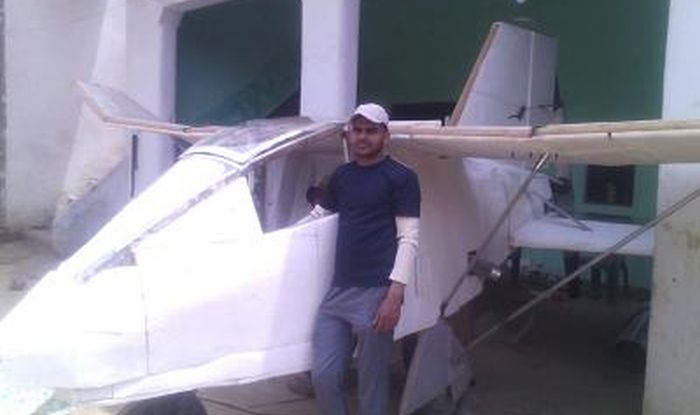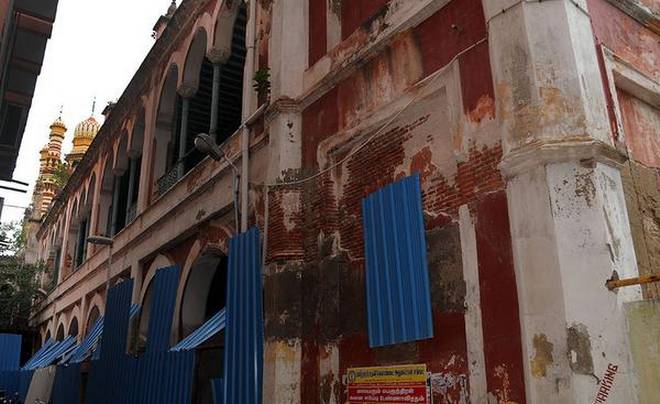NEW DELHI :
For 320 years, Delhi was the city of sultans. Here is the list of the 32 rulers and where they rest now.
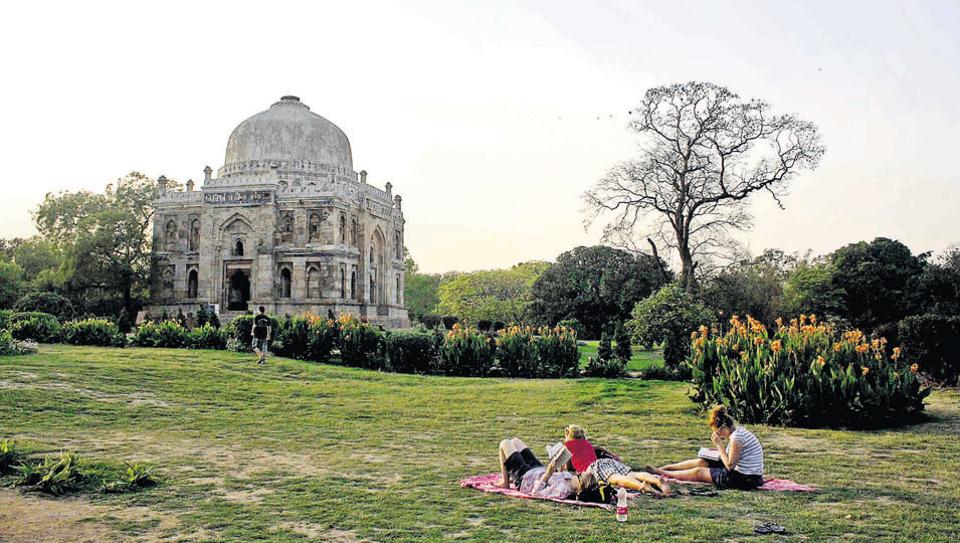
The other day, while driving past an obscure monument, a friend demanded to know its name. We had no idea so we bluffed, “Ah, that’s a Lodhi-era tomb!”
The truth is we can’t even list all the Lodhi kings.
In any case, the Lodhi dynasty was part of the more elaborate Delhi Sultanate (not to be confused with ‘Delhi Sultanate’, a so-named member of The Sky Vengers music band). The Delhi Sultanate we are talking about spanned five dynasties, 32 rulers and 320 years. It lasted from 1206 to 1526. Today we give you the names of all the rulers of the Sultanate — one of whom was India’s first woman ruler, while the last was vanquished by Babur, the founder of the Mughal dynasty.
We also used this list to hunt the graves of these Sultanate royals — right here in our city. Of course, it’s not possible to access every king’s tombstone. Quite a few of them were killed in small and big wars, at times far from Delhi. Frustratingly, history books leave no solid evidence of their burial spots.
Some others of these important men turned out to be so insignificant in the long run that their graves have been forgotten, making it impossible to trace them today. Here’s a list of all the rulers, and the graves of those we were able to locate.
SLAVE DYNASTY
Qutbuddin Aibak (1206–1210), buried in Lahore, Pakistan
Aram Shah (1210–1211), killed near Delhi, grave not known
Shams ud din Iltutmish (1211–1236), buried in Qutub Minar Complex, Mehrauli
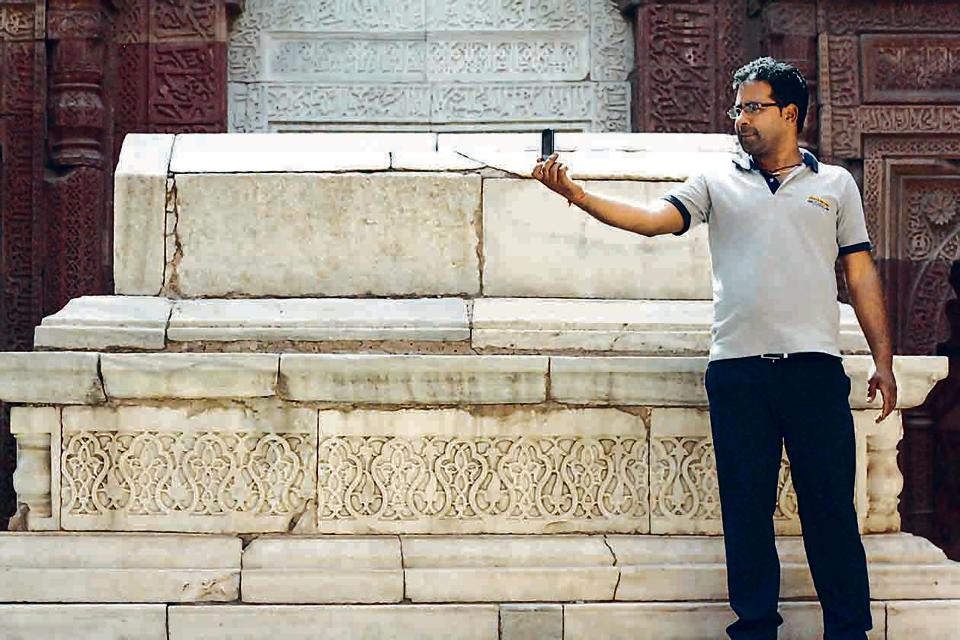
Rukn uddin Firuz (1236), believed to be buried in Sultan Ghari, near Mehrauli
Raziyat ud din Sultana (1236–1240), buried in Bulbuli Khana, Old Delhi
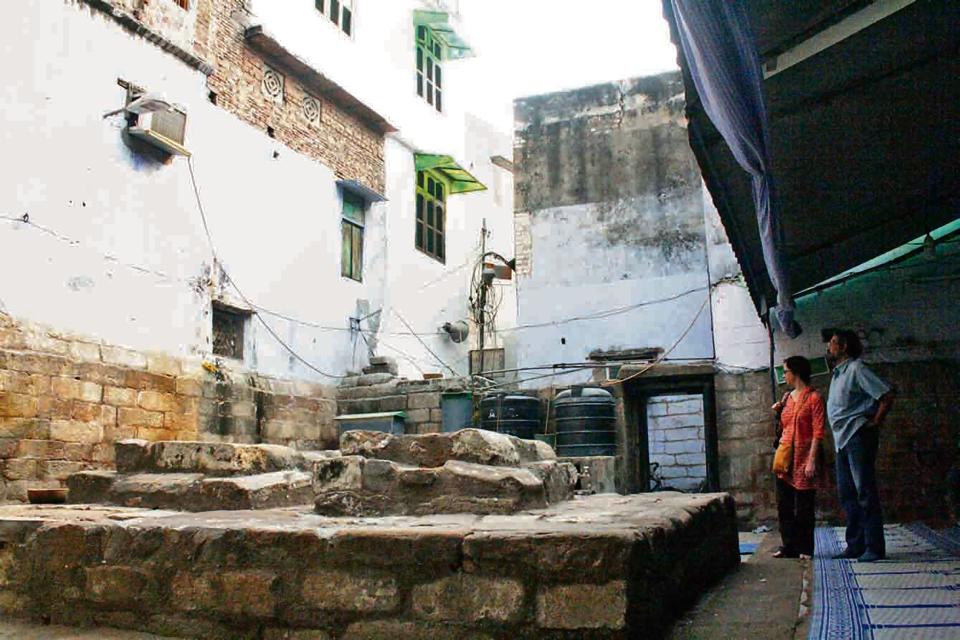
Muiz uddin Bahram (1240–1242), grave not known
Ala uddin Masud (1242–1246), grave not known
Nasir uddin Mahmud (1246–1266), grave not known
Ghiyas uddin Balban (1266–1286), Buried in Mehrauli Archaeological Complex, near Jamali Kamali mosque
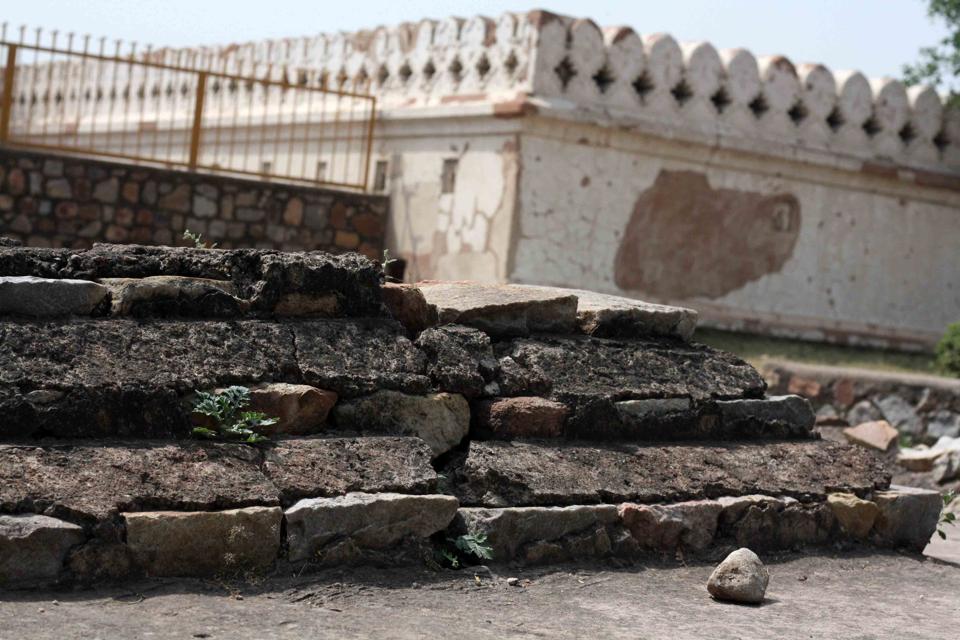
Muiz uddin Qaiqabad (1286–1290), grave not known
Kayumars (1290), grave not known
KHILJI DYNASTY
Jalal ud din Firuz Khilji (1290–1296), buried in Delhi but “disappeared “according to HC Fanshaw’e book Delhi, Past and Present
Alauddin Khilji (1296–1316), buried in Qutub Minar Complex, Mehrauli
Qutb uddin Mubarak Shah (1316–1320), grave not known
TUGHLAQ DYNASTY
Ghiyath al-Din Tughluq (1321–1325), buried in Tughlakabad
Muhammad bin Tughluq (1325–1351), buried in Tughlakabad
Mahmud Ibn Muhammad (1351), buried in Tughlakabad
Firuz Shah Tughlaq (1351–1388), buried in Hauz Khas Village
Ghiyas-ud-Din Tughluq II (1388–1389), grave not known
Abu Bakr Shah (1389–1390), grave not known
Nasir uddin Muhammad Shah III (1390–1393), grave not known
Ala-ud-Din Sikandar Shah I (1393), grave not known
Mahmud Nasir uddin (1393–1394), grave not known
Nusrat Shah (1394–1399), grave not known
Nasiruddin Mahmud Shah (1399–1413), not known, Timur invade Delhi in his reign
SAYYID DYNASTY
Khizr Khan (1414–1421), grave not known
Mubarak Shah (1421–1434), buried in Kotla Mubarakpur village
Muhammad Shah (1434–1445), buried in Lodhi Garden
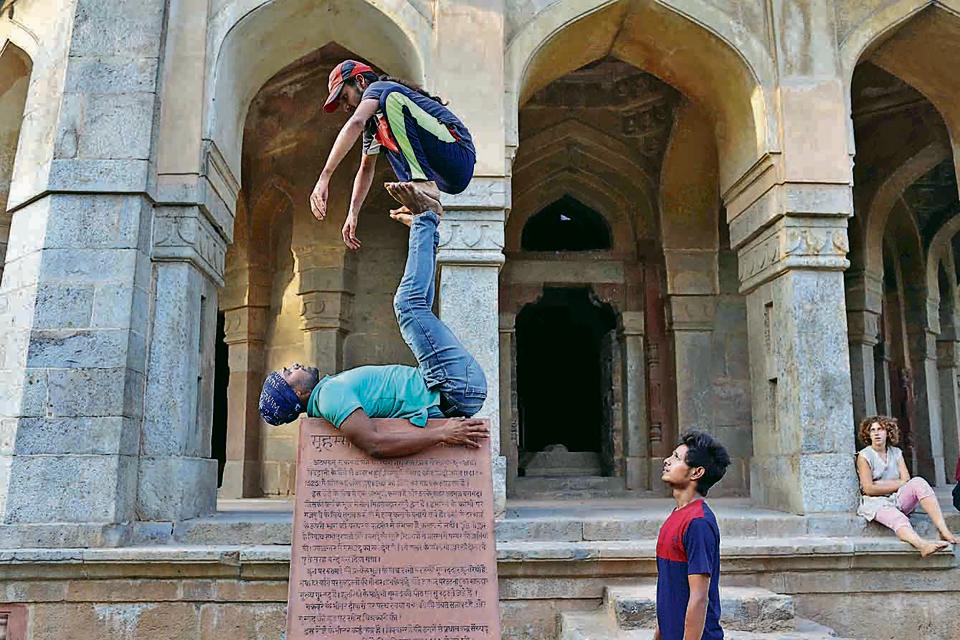
Alam Shah (1445–1451), grave not known, perhaps in Badayun where he died
LODHI DYNASTY
Bahlol Lodhi (1451–1489), Chirag Dilli
Sikander Lodhi (1489–1517), Lodhi Gardens
Ibrahim Lodhi (1517–1526), buried in Panipat, Haryana
source: http://www.hindustantimes.com / Hindustan Times / Home> Cities> Delhi / by Mayank Austen Soofi, Hindustan Times / December 02nd, 2017
